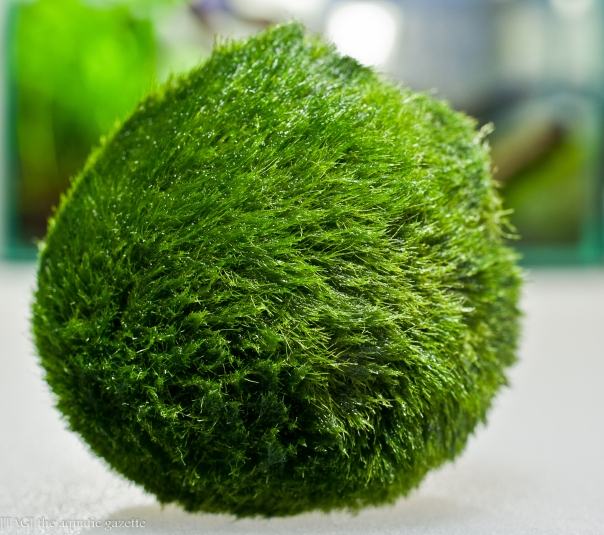Almost all aquarists are familiar with the iconic green filter pipes and hoses from Eheim. They have become so much of a brand symbol for Eheim that there should be no chance that Eheim will ever change its colour, although it is almost universally agreed that it is quite an eyesore.
For those that wants a neutral colored filtration pipe but do not want to mess around with glass pipes, you can consider Eheim’s Filtration Installation Sets.
The Eheim Installation pipes, which are made of plastic, come in a grey and black colour scheme and are purchased as two different sets. Set 1 contains the inflow filtration pipe and Set 2 contains the outflow filtration pipe. Both sets must be purchased separately as Eheim does not offer them as a combined set.
The first thing that struck us about these pipes were that they were modular. The majority of Eheim’s users with normal green pipes would have experienced the need to cut their pipes to length in order to properly fit their aquariums. For these installation sets, the pipes do not come in one established piece but in separate modular pieces, enabling easy modifications to their length and depth according to your required needs.
The assembled pipe below, is the outflow pipe. The length of the outflow’s rain bar can be adjusted to consist of one module or up to 3 combined modules. A well-fitted rubber stopper is provided to close up the end of the rain bar.
The rain bar is held in your desired location by up to 4 of Eheim’s excellent rubber suction cups. These suction cups are highly regarded and are among the best within the aquatic hobby. With the rain bar fully assembled, we realised that Eheim has provided an extra right angle connector and that is well appreciated.
A hose will be attached to the inlet valve of the outflow pipe and is held in place by Eheim’s excellent hose connector. This hose connector will securely hold the hose in place till your next hose maintenance or change.
A much welcomed modular design that makes you feel better about paying for these installation sets as all Eheim filters come equipped with the required filtration pipes.
The quality of plastic used for the usual green Eheim filtration pipes are of a very high standard. Even so, it is very safe to say that these filtration pipes are build much better and are of a even higher standard.
Every module and part reeks of quality and professionalism. We are actually pretty impressed by the design and build quality of these filtration pipes, so much so that we would not hesitate to use them over glass filtration pipes, if the use of plastic is not an issue.
The inflow pipe is no less impressive that the outflow pipe, using the same high quality modular plastic parts as the outflow pipe. The inflow pipe has lesser modules and parts, as its function is of a more straight forward nature. It was nice of Eheim to produce a black version of their green inflow guard and it just reinforces the fact that their normal green filtration pipes are nowhere as professional looking.
A close up on the Eheim logo shows the precise and clean machining that is found throughout these filter pipes. All parts fit nicely and smugly, without difficulty. With such a high quality product, it was easy to have a sense of confidence when fitting the pipes together.
When you really think about it, there is nothing really exciting about the Eheim Filtration Installation Sets. They are not made out of glass, they do not create whirlpools and they do not offer a completely transparent view into your aquascape.
But like Eheim’s renowned Classic filters, they are excellent because they perform the task required, in the simplest and most straight forward manner, which results in excellence. The quality of plastics used, and its unbreakable properties would mean that your Eheim filtration set should last you a very long time.
We like these filtration sets so much that we will be using them on [TAG]’s next show tank. If you are searching for a high quality, well machined and superbly executed filtration pipe that does not have to be made of glass, get these filtration sets. In our opinion, all Eheim filters should come standard with these, even if it means a slight price hike. They are worth it.
[TAG]







































































